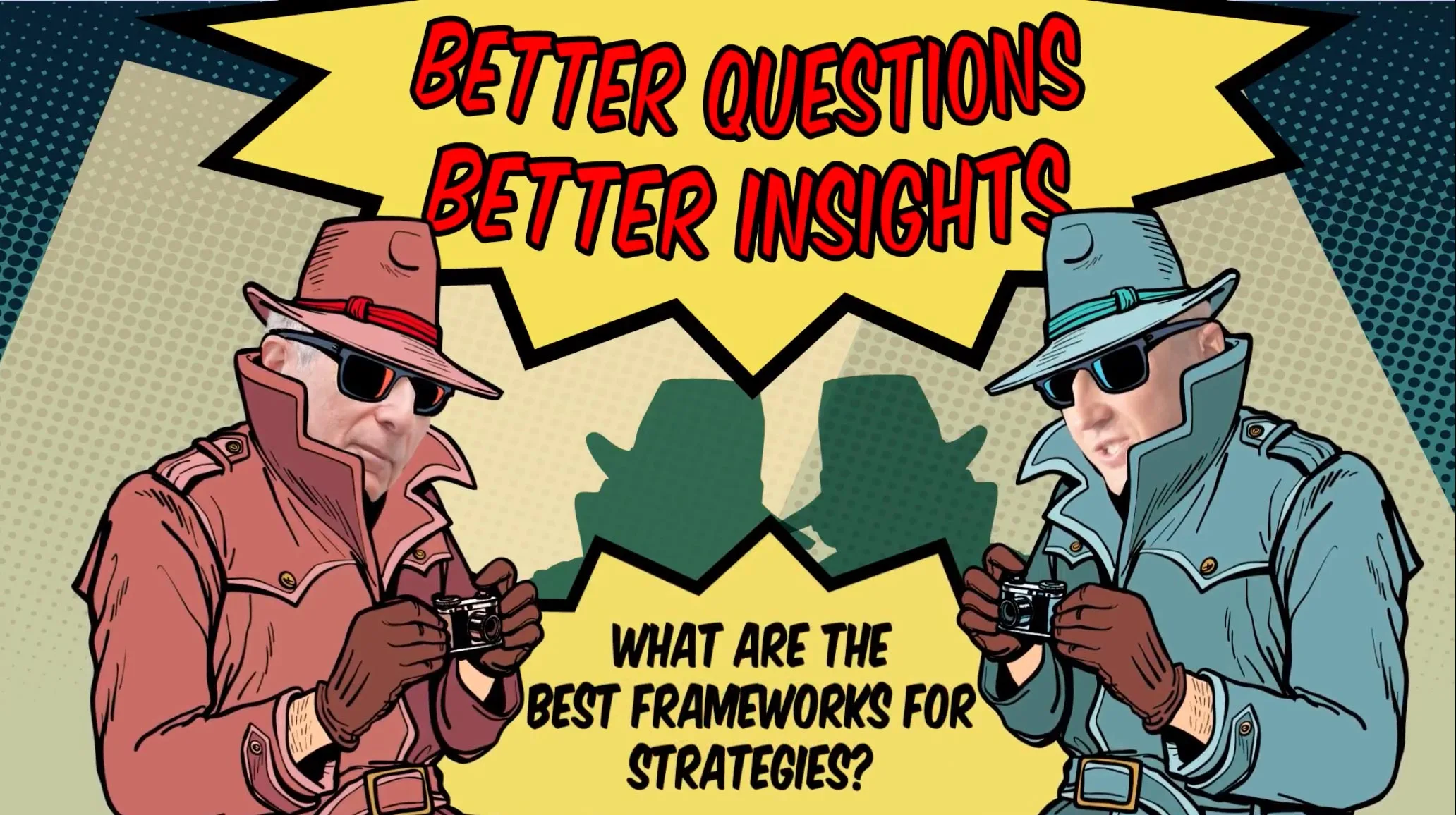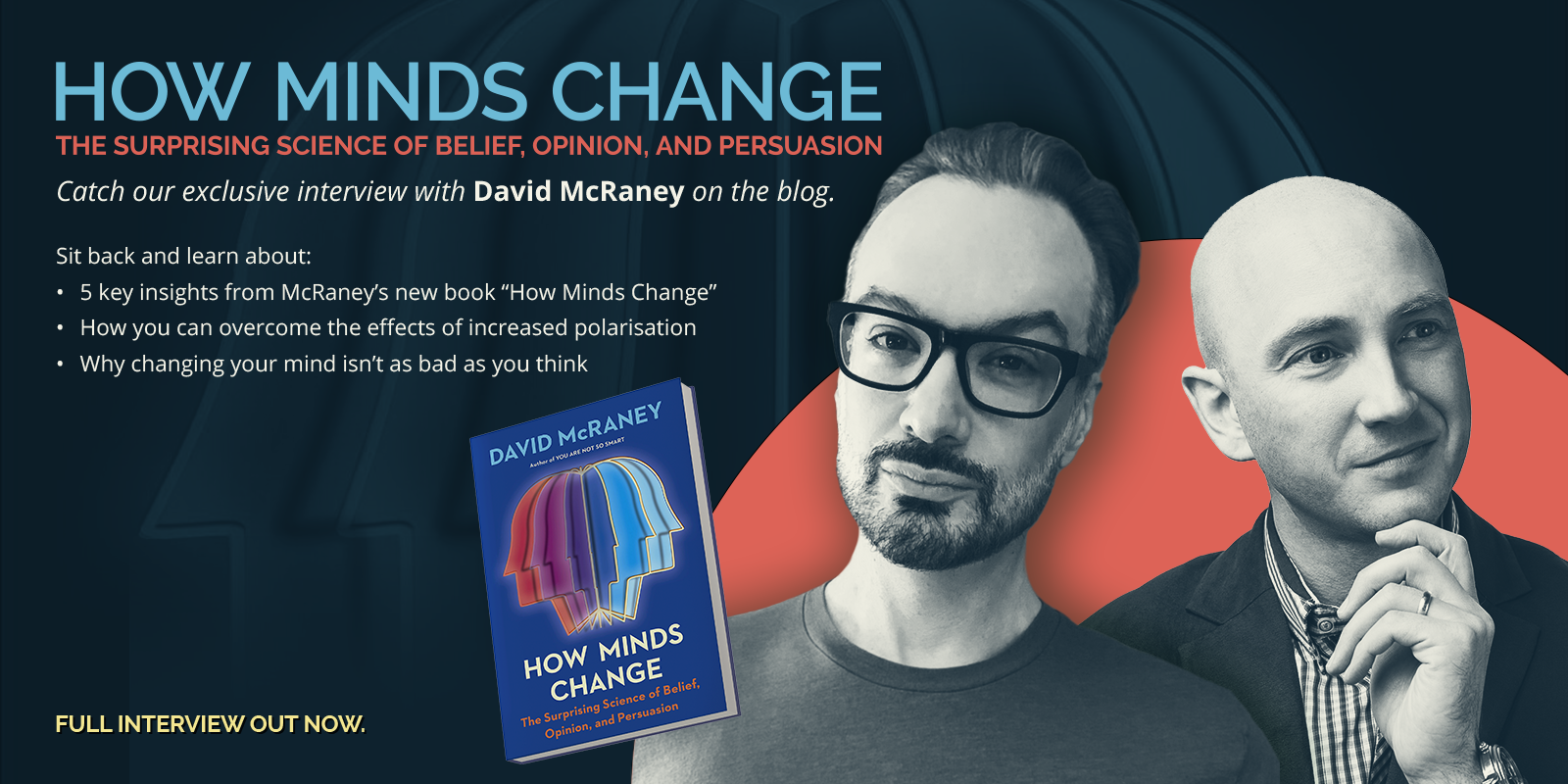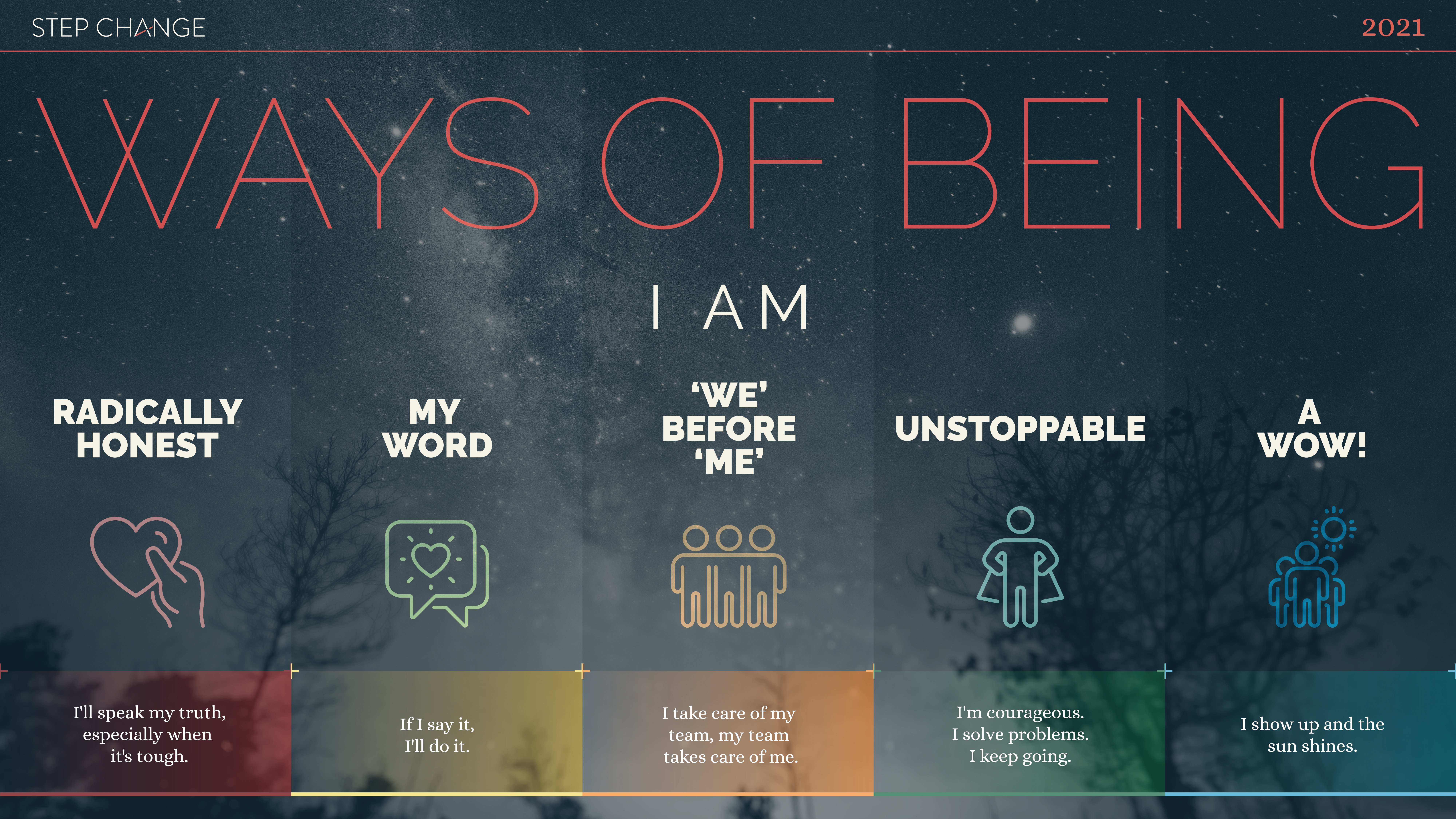In our last post we reviewed the gentle art of persuasion: how to cut through, be remembered and be loved for what you're selling by looking closely at the advertising cycle and why the emotional mind is so important in the decision making process.
In this post we look at direct response marketing and discuss why having a single-minded idea makes it easier for people to "get" it. We also assess some ads and provide you with the tools to drive great advertising.
Direct Response Marketing

Direct Response
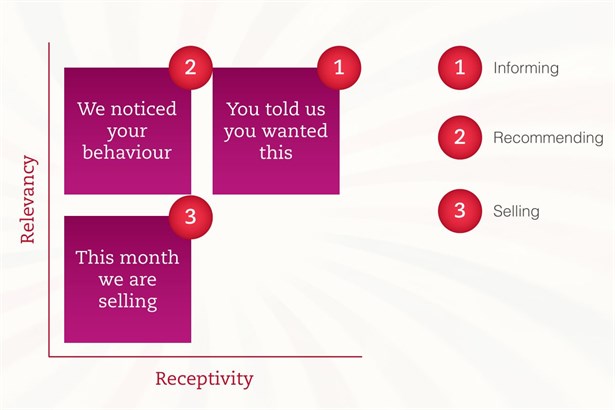
Direct response is very different from many of the ads you see in magazines and on TV. Its purpose is not to create a branding image, it’s to do one thing and to do it well… get a response. And not just get a response, but get your target audience to respond by taking the action you want them to take, quickly and eagerly. You can use the “BURPIES” checklist as a guide to direct you towards receiving a great response... Does it fulfil the below promises?
- Brett McFall
B - Big Promise
U - Use Imagination
R - Rarity
P - Points (bullets), curiosity building
I - Irresistible Offer ($ Price here)
E - Evidence - case study, testimonials, guarantees
S - Sale - ask for the order

Direct Response Implementation
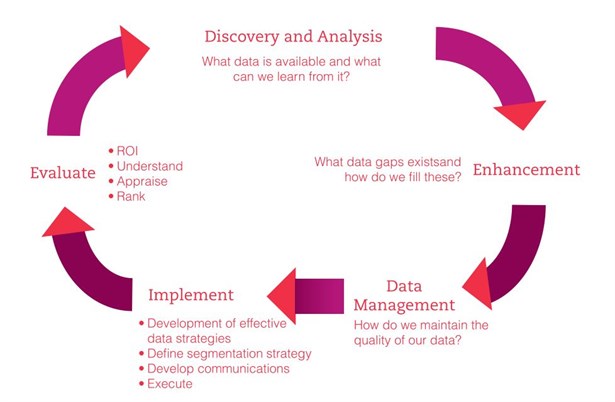
The BOSCH Formula

The 5 Step (POWER) Copywriting Process
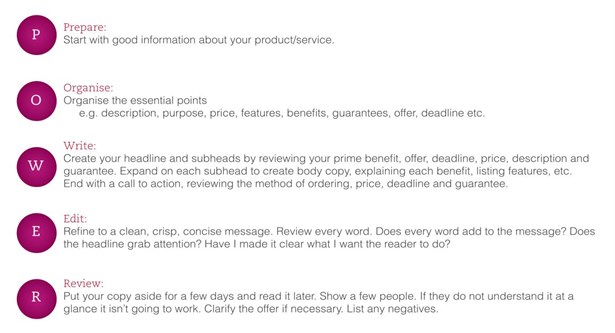
Singlemindedness
If you throw 6 balls at somebody they’ll likely drop all or at best catch one, and it probably won’t be the one you wanted them to catch!
Successful advertising is one ball, one catch!
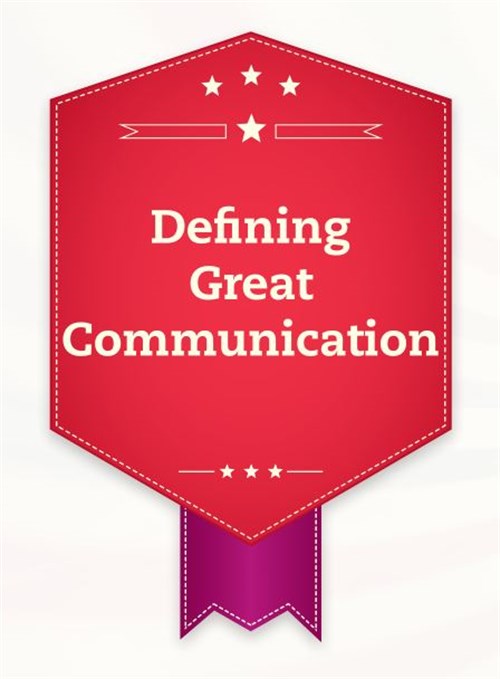

Essence of Communication
Single-Minded Proposition:
The most important thing we can tell the target market

The agency creative brief should demonstrate a clear understanding of your brief and contain:
- the insight that will allow communication to differentiate your brand with your target audience
- the evidence that underpins the insight
- the SMP
- target audience demographics and psychographics
- mandatories
- key dates to enable the campaign to be delivered on time
The Power of an Idea
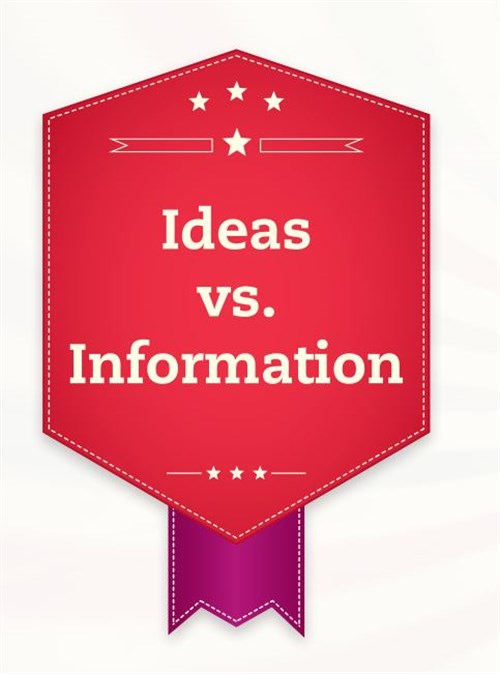
Einstein described his Theory of Relativity in the following way:
“that the laws of nature are the same for all observers in unaccelerated motion and that the speed of light is independent of the motion of its source, so that the time interval between two events was longer for an observer in whose frame of reference the events occur in different places than for the observer for who they occur at the same place.”
He also described relativity in another way: “If you talk to a beautiful woman for an hour, it will seem like a minute but if you had to sit on a hot stove for a minute, it will seem like an hour. That,” said Einstein, “is the theory of relativity!”
What Makes a Great Idea?
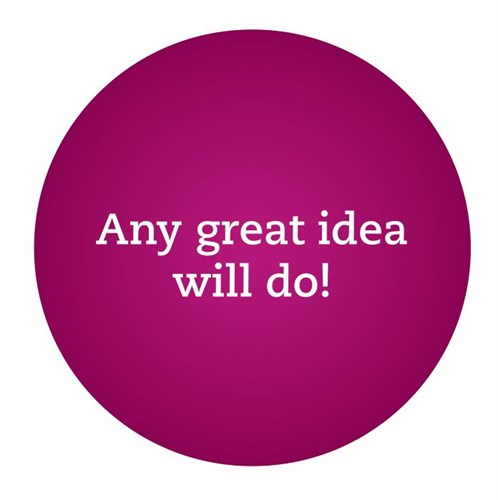
The essence of a really good idea is about identifying your unique selling point and then delivering your message in an original and clever way.
Here are a few examples of great ideas in advertising!
Example: Papa John’s Pizza











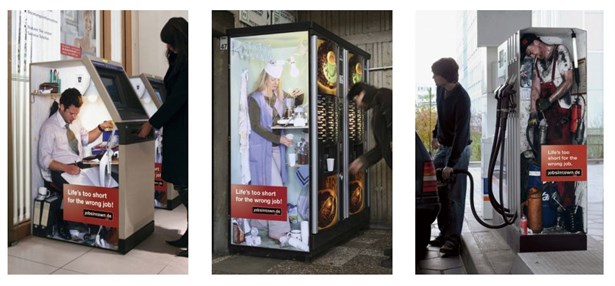

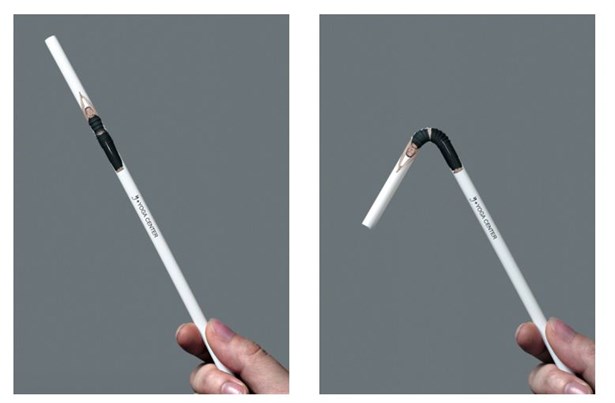
Keeping It Simple
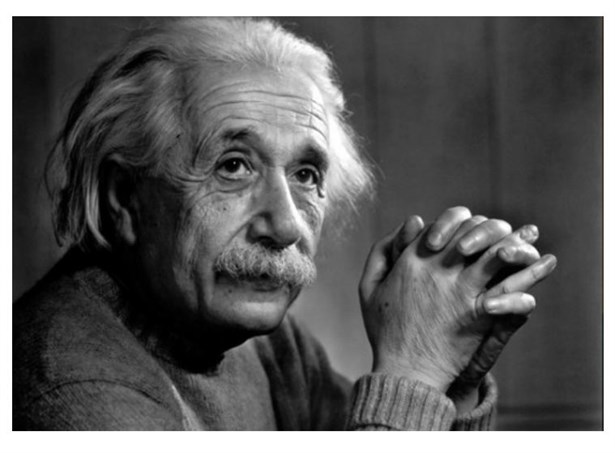
When asked what single event was most helpful to him in developing the theory of relativity, Albert Einstein is reported to have answered: “Figuring out how to think about the problem.”
You have to simplify not complicate.
Information degrades into noise, redundancy, and banality
“More” does not solve the problem.
Cherish what is simple.
If you are trying to communicate a large number of things, simplify it to something that people can understand in their minds.
Assessing Ads
“I like” and “I don’t like” really doesn’t help marketing departments and advertising agencies make great work together. “it works” or “it doesn’t work” because A,B,C is a better conversation – here’s how...
Assessing Communication
Dave Trott explains:
1. Impact
Impact is the delivery system that makes sure the warhead gets to its target.
Nothing happens without impact.
Studies show the consumer reacts to advertising as follows:
86% of advertising is ignored
7% is remembered
7% is remembered favourably
The really scary number is the first one, 86% of advertising is ignored.
The most important part of any advertising (by a factor of 17 to 3) is to stand out, to separate itself from its environment.
Without this, nothing happens
2. Communication
Communication is the firing device that makes sure it goes off.
This isn’t art, this is propaganda.
It doesn’t matter what we think we said. What matters is what the consumer thinks we said.
So:
Subjectivity bad - Objectivity good
Implicit bad - Explicit good
3. Persuasion
Persuasion is the warhead. But, without the first two (the Advertising parts) the warhead (the Marketing part), stays where it is and becomes part of the 86%.
Advertising is a “zero sum” game.
There is a finite amount of consumer spending available. No new money will appear. If you want some of it you need to divert it from somewhere else.
You need to let the consumer know what they are expected to buy your product instead of. This is where predatory thinking comes in and, in creative briefing, the binary brief.
AIDA(S)
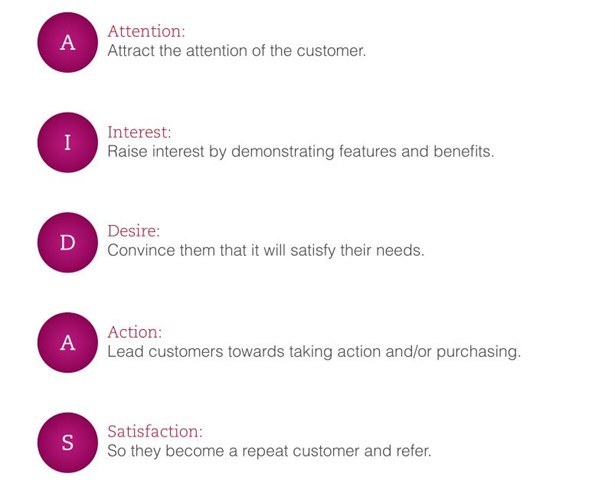
Tools for Driving Great Advertising
The 3 Part Brief

- What am I offering?
- Who am I and what are my credentials?
- What problem does my offer solve?
- Why is it worth trying or buying?
- Who is my target audience?
- Who are my competitors and how am I different from them?
- What resistance or objections will people have to this?
- What is the purpose of my pitch?
- When, where and how do I want people to take action?
A trifecta of vanity, jealousy, and fear of being left out.
The BandwagonPolls and panels always make good authority figures to create a bandwagon.
Examples:Honda Accord: “In the eight years Car & Driver magazine has presented its Ten Best list, only one car has been chosen every time.”

Crest toothpaste: “Four out of five dentists surveyed, recommend Crest”

Power of Testimonials
A good testimonial really is worth gold. A testimonial can get your prospect excited about buying (which is something they want to do anyway) and it also reduces their anxieties about buying from you because they can read (or hear) about the success you've had with someone like them, through a testimonial.

The Formula
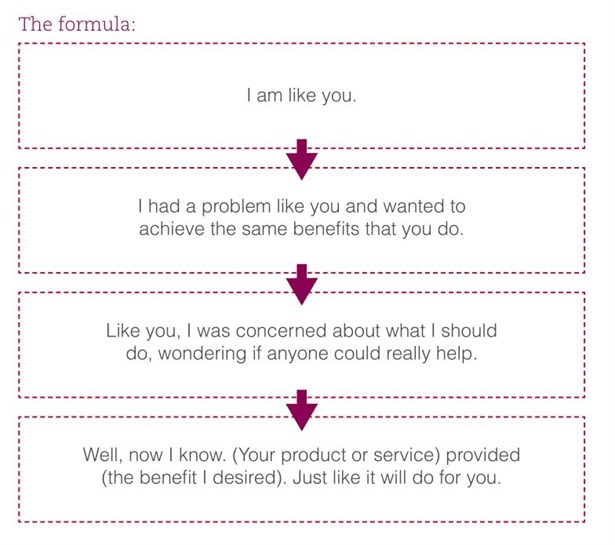
In our next post we start to unpick some of the complexities of the new digital landscape and help you make strategic decisions that will see you effectively connect with your customers.









